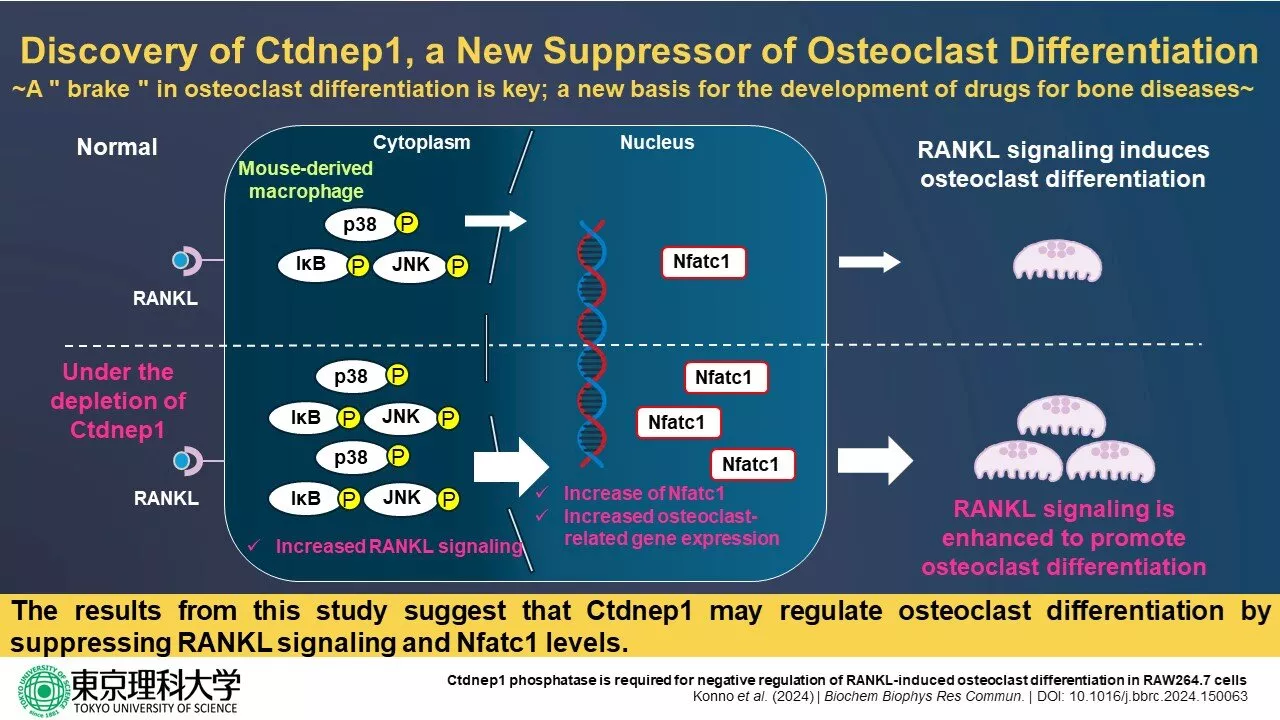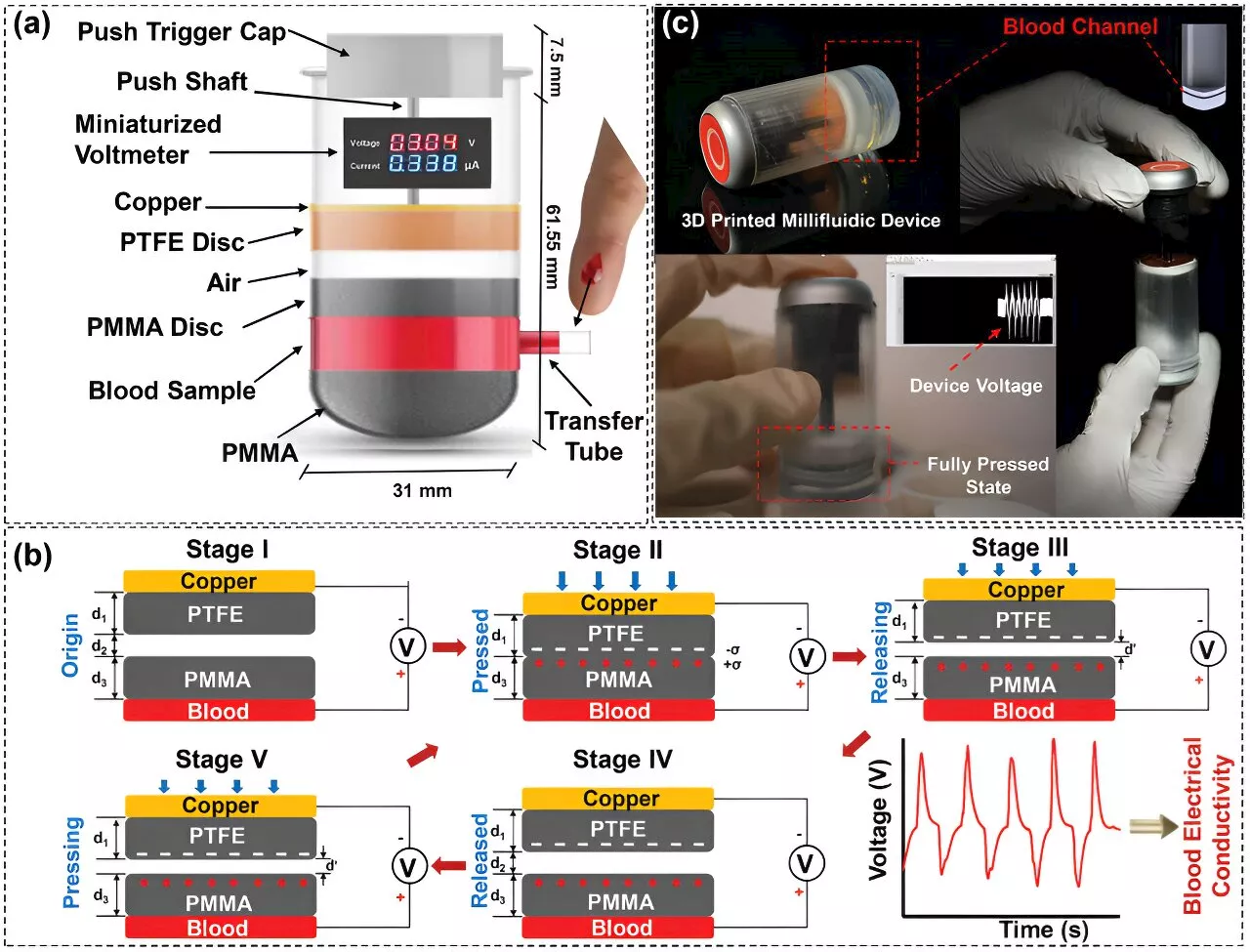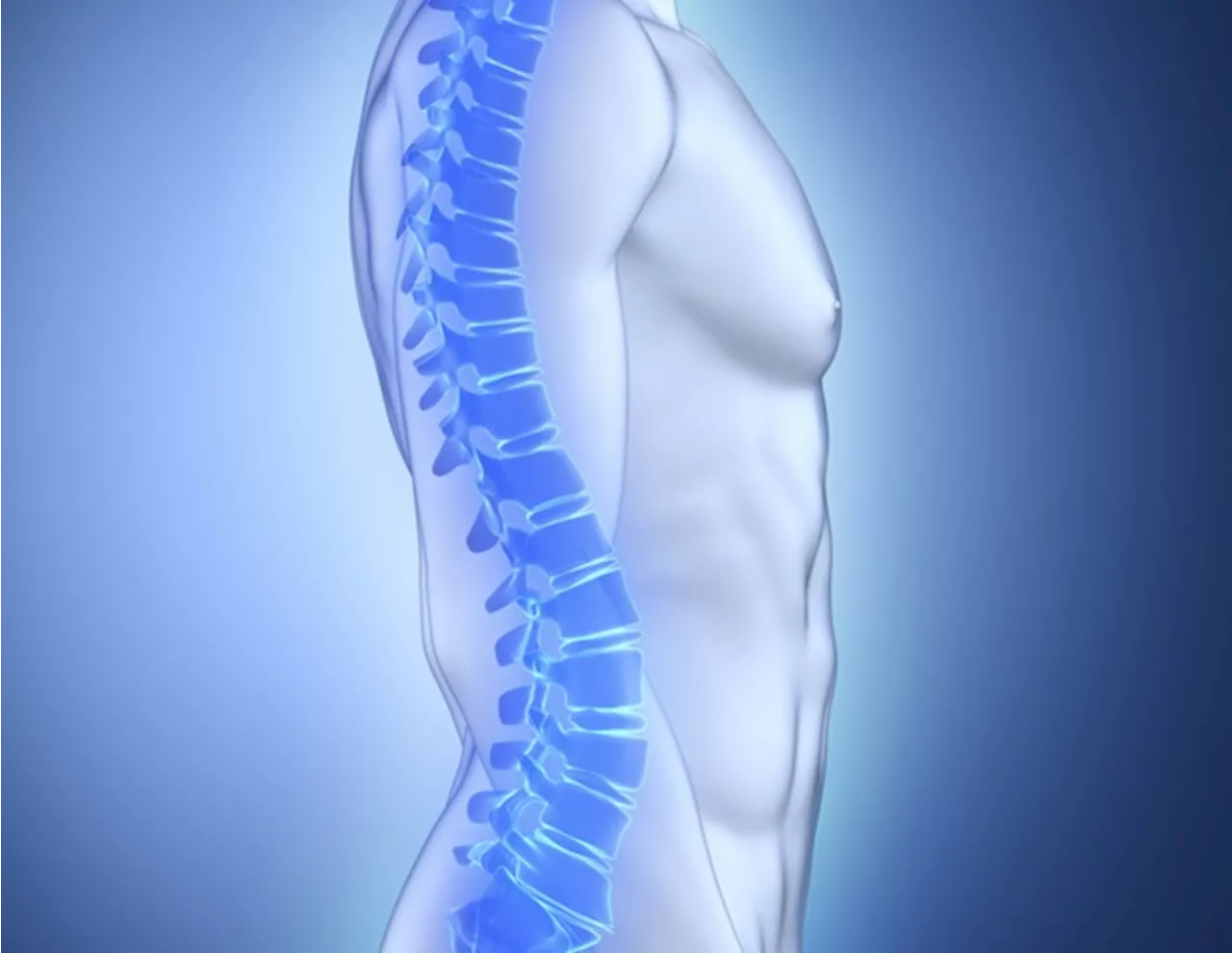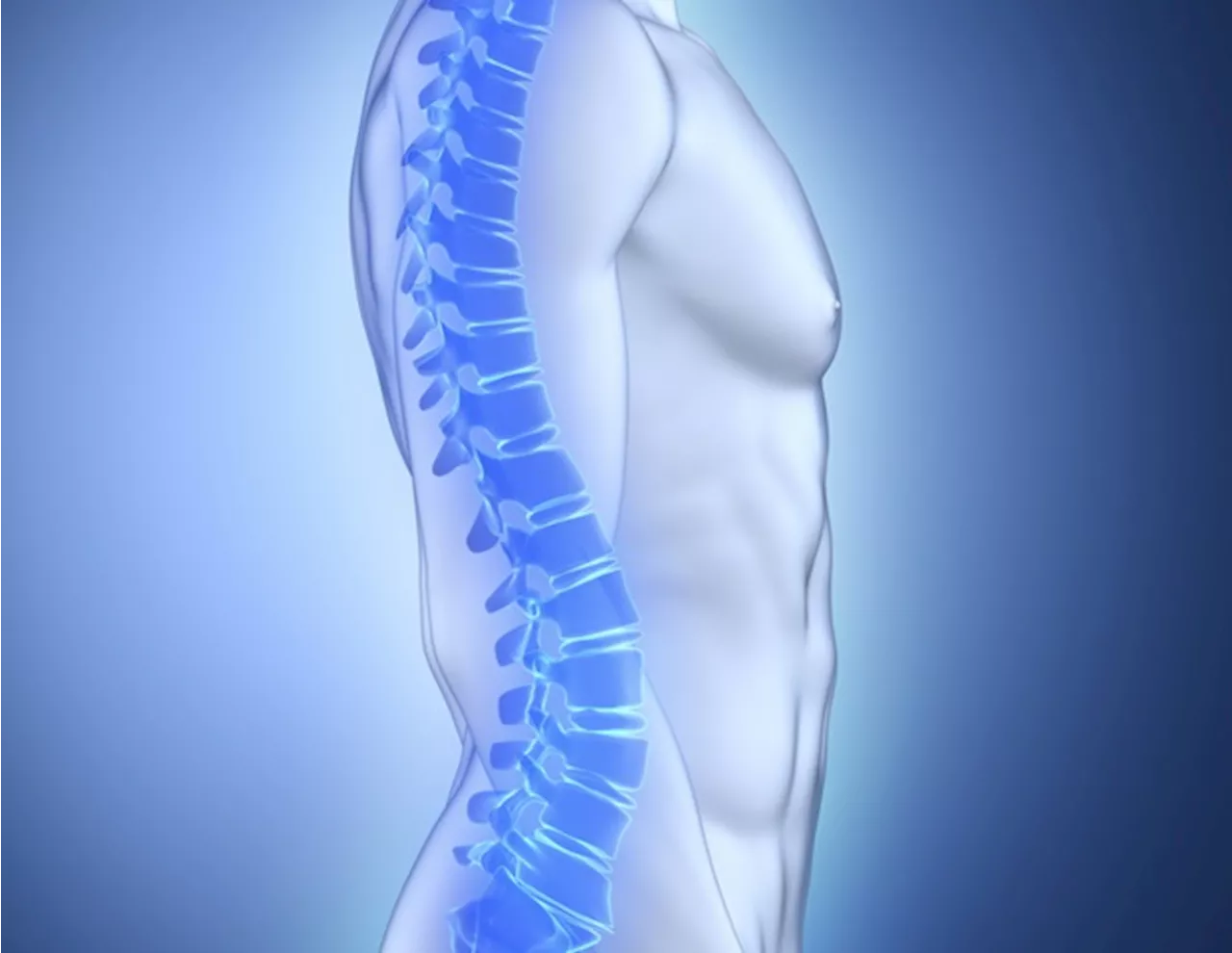Osteoporosis is so difficult to detect in early stage it's called the 'silent disease.' What if artificial intelligence could help predict a patient's chances of having the bone-loss disease before ever stepping into a doctor's office?
Tulane UniversityJun 28 2024 Osteoporosis is so difficult to detect in early stage it's called the "silent disease." What if artificial intelligence could help predict a patient's chances of having the bone-loss disease before ever stepping into a doctor's office?
The earlier osteoporosis risk is detected, the more time a patient has for preventative measures. We were pleased to see our DNN model outperform other models in accurately predicting the risk of osteoporosis in an aging population." In testing the algorithms using a large sample size of real-world health data, the researchers were also able to identify the 10 most important factors for predicting osteoporosis risk: weight, age, gender, grip strength, height, beer drinking, diastolic pressure, alcohol drinking, years of smoking, and income level.
Osteoporosis Artificial Intelligence Bone Doctor Machine Learning
United Kingdom Latest News, United Kingdom Headlines
Similar News:You can also read news stories similar to this one that we have collected from other news sources.
 New study reveals key protein that could help prevent excessive bone loss in osteoporosisOsteoporosis, a condition characterized by porous and fragile bones, poses a significant threat to skeletal health. As the very framework of the human body, bones provide crucial structural support. When bone mass diminishes, it not only compromises this support but also impairs overall function, leading to a diminished quality of life.
New study reveals key protein that could help prevent excessive bone loss in osteoporosisOsteoporosis, a condition characterized by porous and fragile bones, poses a significant threat to skeletal health. As the very framework of the human body, bones provide crucial structural support. When bone mass diminishes, it not only compromises this support but also impairs overall function, leading to a diminished quality of life.
Read more »
 Novel blood-powered chip offers real-time health monitoringMetabolic disorders, like diabetes and osteoporosis, are burgeoning throughout the world, especially in developing countries.
Novel blood-powered chip offers real-time health monitoringMetabolic disorders, like diabetes and osteoporosis, are burgeoning throughout the world, especially in developing countries.
Read more »
 USPSTF recommends osteoporosis screening for women aged 65 years and olderThe U.S. Preventive Services Task Force (USPSTF) recommends screening for osteoporosis for women aged 65 years and older and for postmenopausal women younger than 65 years with one or more risk factors. These recommendations form the basis of a draft recommendation statement published online June 11.
USPSTF recommends osteoporosis screening for women aged 65 years and olderThe U.S. Preventive Services Task Force (USPSTF) recommends screening for osteoporosis for women aged 65 years and older and for postmenopausal women younger than 65 years with one or more risk factors. These recommendations form the basis of a draft recommendation statement published online June 11.
Read more »
 Can we withdraw treatment in post-menopausal osteoporosis?Bisphosphonates are the recommended first-line treatment in post-menopausal osteoporosis, with denosumab recommended second-line.
Can we withdraw treatment in post-menopausal osteoporosis?Bisphosphonates are the recommended first-line treatment in post-menopausal osteoporosis, with denosumab recommended second-line.
Read more »
 Gprc5a identified as potential drug target for treating osteoporosisOsteoporosis is a skeletal condition that leads to the weakening of bones, making them porous, fragile, and prone to breakage.
Gprc5a identified as potential drug target for treating osteoporosisOsteoporosis is a skeletal condition that leads to the weakening of bones, making them porous, fragile, and prone to breakage.
Read more »
 Study reveals promising drug target for treating osteoporosisOsteoporosis is a skeletal condition that leads to the weakening of bones, making them porous, fragile, and prone to breakage. A whopping 8.9 million fractures are caused by osteoporosis annually, with one fracture occurring every three seconds.
Study reveals promising drug target for treating osteoporosisOsteoporosis is a skeletal condition that leads to the weakening of bones, making them porous, fragile, and prone to breakage. A whopping 8.9 million fractures are caused by osteoporosis annually, with one fracture occurring every three seconds.
Read more »
